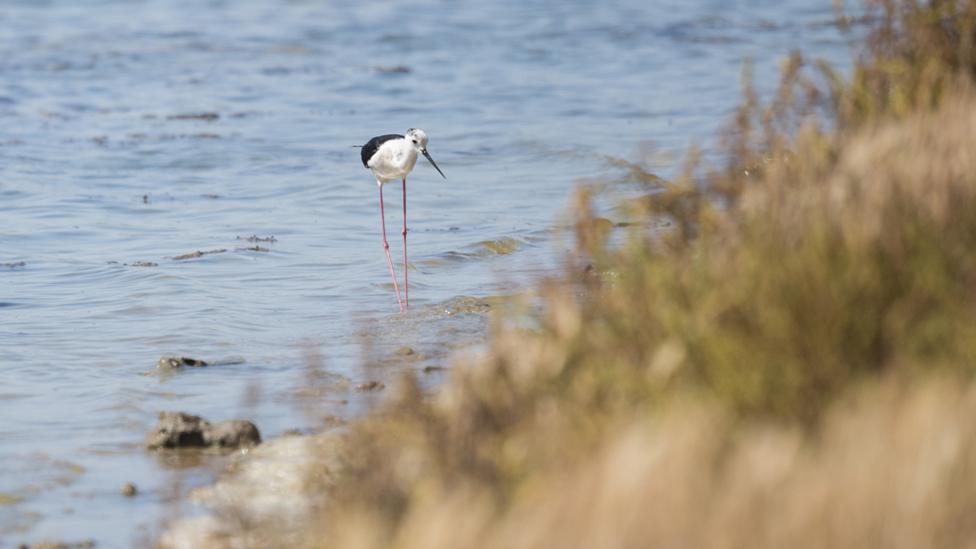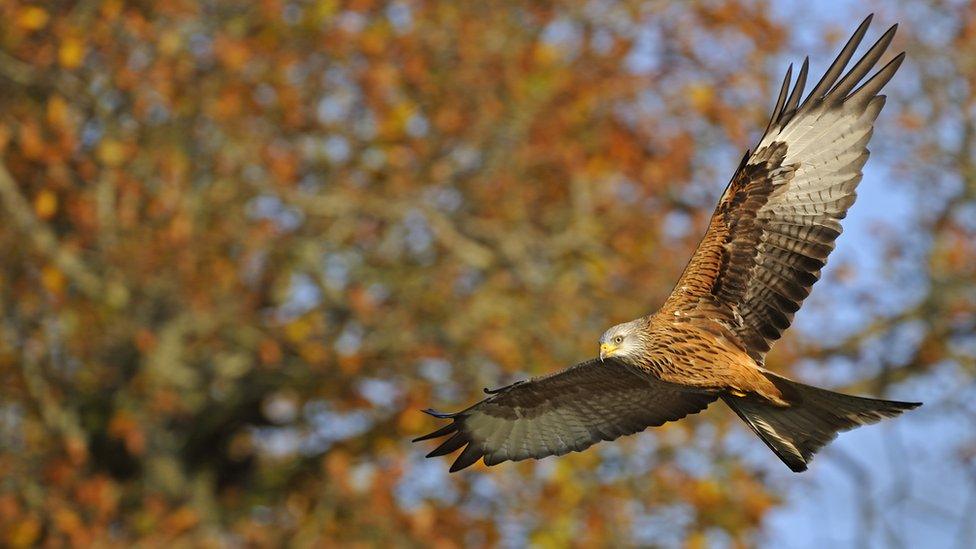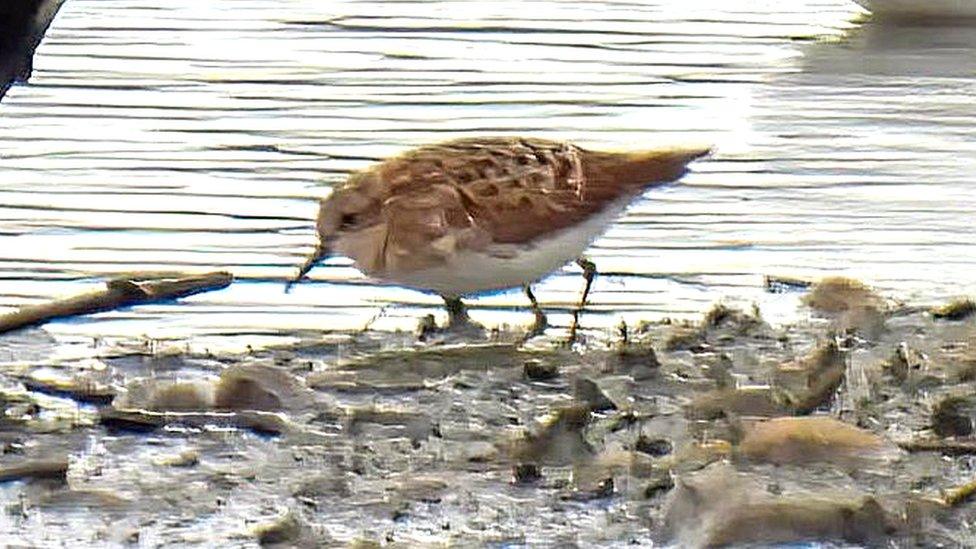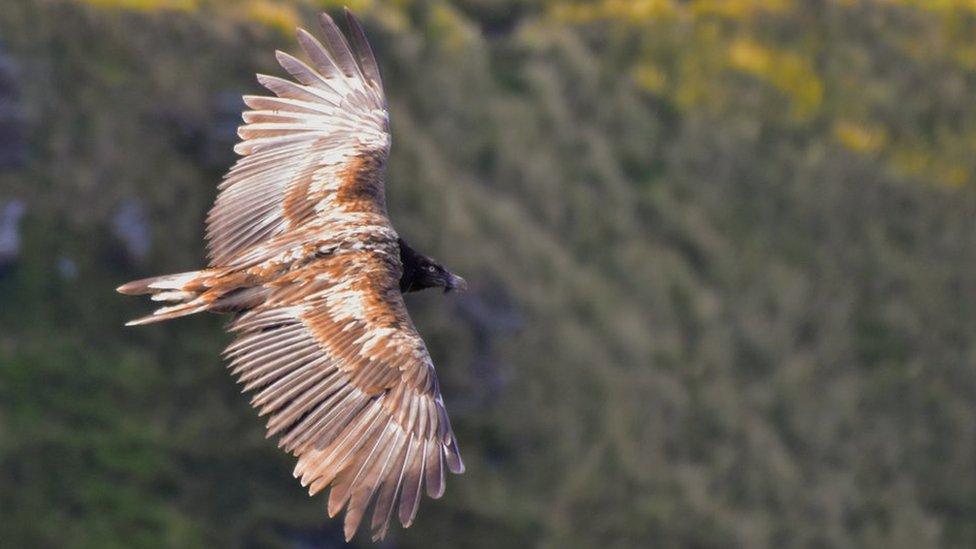Black-winged stilts breed for first time in Lincolnshire
- Published

The black-winged stilts arrived at the nature reserve last month
A nature reserve in Lincolnshire is celebrating the arrival of four black-winged stilt chicks - the first time the species has bred in the county.
The pair at RSPB Frampton Marsh hatched all of their eggs successfully, the RSPB said.
The birds are more often seen in southern Europe and only been four previous incidences of them breeding in the UK have been recorded since 1945.
John Badley, who manages the site near Boston, said staff were "thrilled".
The pair made their nest within a fenced off protective zone, which increases the chances of species such as avocet, lapwing and redshank raising young.
Mr Badley said staff and volunteers worked "incredibly hard" to protect all the species at the reserve.
He added: "We're doing everything we can to see nature flourish here."

There have been only four reports of the birds breeding in the UK since 1945
The stilts, which are long-legged wading birds with black and white plumage, arrived at the site on 1 May and the pair's first egg was laid on 11 May, with three more appearing in the following days.
Stilts incubate their eggs for between 22 and 26 days and all four hatched around the same time.
Dr Chris Andrews, visitor experience manager, said the species had been expanding their breeding range to the south of the UK.
"Much of Spain and France have been experiencing severe drought conditions, which has doubtless caused the influx of stilts to the UK this spring, alongside other species like night heron, purple heron and great reed-warbler," he added.

Follow BBC East Yorkshire and Lincolnshire on Facebook, external, Twitter, external, and Instagram, external. Send your story ideas to yorkslincs.news@bbc.co.uk, external.
Related topics
- Published11 January 2023

- Published11 October 2021

- Published8 October 2020
